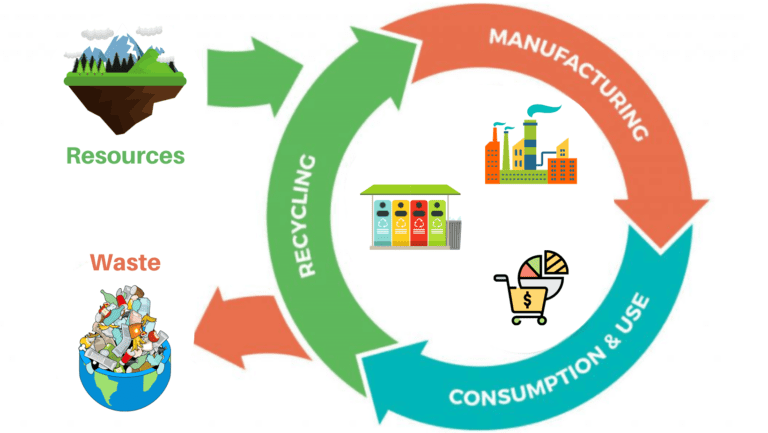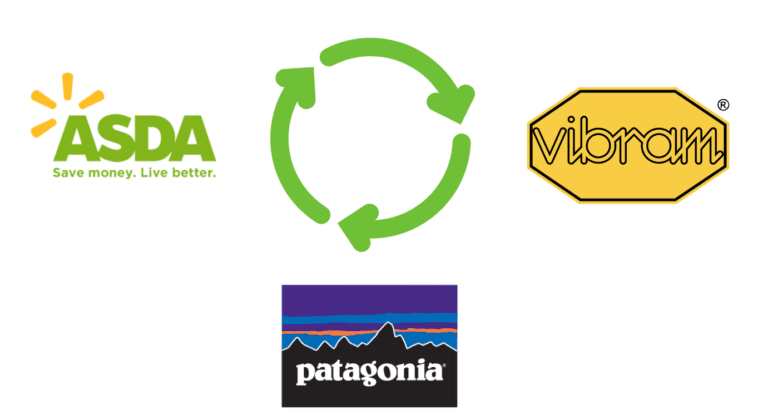
We all know the world has a waste problem, from plastic waste filling the seas to clothing and electronic waste that ends up in landfill.
This is because, since the early to mid 20th century, our economic system has been based on a ‘linear economy’.
A linear economy such as we have now works using the concept of ‘take,make and dispose’.
This implies that raw materials are collected, then converted into useful products before being discarded as waste, after use.
Often products are built to fail after a certain period or due to keeping the price down they simply cannot last, meaning replacement products have to be bought.
In this economic system, value is produced by the vendor by creating and selling as many goods as possible.
Unfortunately, on a planet of limited resources and a rapidly growing population, taking these resources and eventually turning them into waste will leave our planet with no resources and a lot of waste.

It is however possible to have an economic system that does not end up with our planet resembling the largest landfill site in the solar system!
That system is called a ‘Circular Economy’.
But, what is a circular economy and what are its benefits?
The circular economy is ‘a making and using model’ that encourages people to share, lease, reuse, repair, refurbish, and recycle existing materials and goods for as long as possible.
This way, all products’ life cycle can be extended.
In practice, this means reducing waste to the very minimum.
When a product reaches the end of its useful life, its components are reused as much as possible.
These can be put to good use over and over again, resulting in increased value.

As well as reducing manufacturer/consumer impact on the environment circularity can, enhance raw material supply stability, increase competition (which keeps prices lower and quality higher), stimulate innovation, boost economic growth (by 0.5 per cent), and create employment (700,000 jobs in the EU alone by 2030).
Not only that but you as a consumer will also be given more long-lasting and innovative goods, which will improve your quality of life while also saving you money in the long run.
Brands such as Vibram, Patagonia and Asda are already turning to circularity as they recognise its importance and hopefully, many more will follow!
‘Circularity, along with reforestation and overall footprint reduction are all key components in solving the climate crisis. It is up to all of us as individuals to set an example that will in the long term be followed. Well done to the brands already embracing circularity, it’s another step to a more sustainable future.’
Richard Dickson – Co-Founder, Play It Green.
If you want to do your bit for the planet by reforesting and learning how to reduce your footprint, you can do so by joining Play It Green.